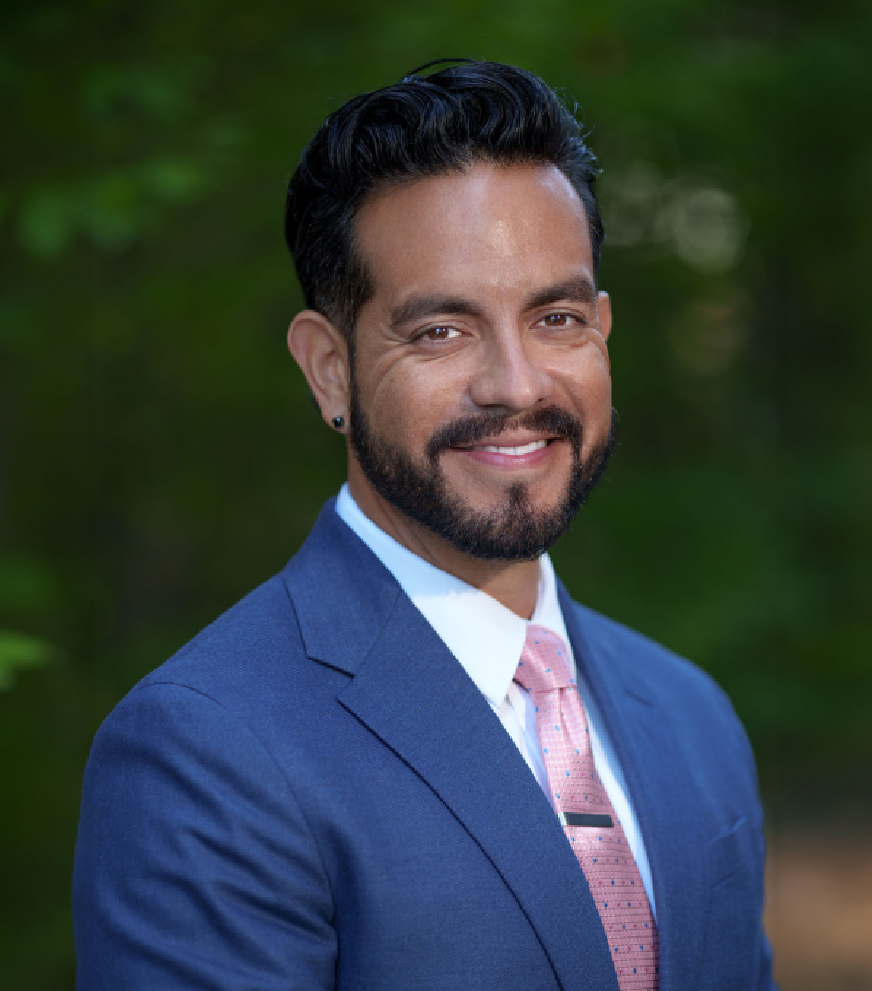
How to Improve School Accountability Now
Practical Steps for Policymakers and Practitioners
There is no shortage of criticism of school accountability systems, especially those developed in response to the Every Student Succeeds Act (ESSA). In fact, many critics call for sweeping reforms that will pave the way for new systems.
We don’t refute calls for broader changes, but we also understand that ESSA is the law of the land for the foreseeable future. What, then, can be done in the short term to improve school accountability? That’s the question we address in our new paper, The Path Forward for School Accountability. In this piece, we’ll summarize the key ideas from that paper.
What’s the Problem with Accountability?
In framing our suggestions, we explore what is keeping accountability from fulfilling its promise. The most prominent critiques describe school accountability as:
- Narrow. Accountability systems are heavily influenced by proficiency in English language arts and mathematics. Critics argue there are many other measures that matter (academic and otherwise) and an overemphasis on large-scale assessments narrows the curriculum and deters or ignores other initiatives important to student success.
- Not useful. Current systems are increasingly complex and inscrutable to many of those they’re intended to serve. The timing of assessments used for accountability, and the nature of their results, don’t help school and district leaders improve outcomes for students in a timely fashion. Some argue that current systems actually divert attention from more authentic and helpful sources of information.
- Punitive. Accountability results can lead to consequences that are counterproductive if they’re used as a tool to publicly shame schools or student groups.
- Unfair. Accountability systems may establish incentives that are misaligned (e.g., rewards based on comparison that thwart cooperation) and/or expectations that are unattainable. This is exacerbated by a concern that the deck is stacked against schools in underserved communities.
- Ineffective. There is little evidence that contemporary accountability practices have helped improve outcomes for students, schools, and communities.
What’s the Path Forward?
In this spirit, we offer five strategies that can work within and alongside states’ ESSA-required systems to create more coherent, balanced, comprehensive, and effective systems of school accountability.
Develop a comprehensive theory of action
At the Center, we’ve written a lot about theories of action—for good reason. We believe they are critical roadmaps that specify how states intend accountability systems to work and bring about the desired outcomes. In the best case, a theory of action is developed early in the accountability design process and is expanded and refined over time. The theory of action also serves as a tool for validation. To develop a theory of action, we refer to the steps our colleagues have outlined, which include:
- Clearly describe the goals, purposes, and uses of the system.
- Agree on the long-term intended outcomes of the accountability system and the expected intermediate outcomes.
- Create an initial high-level model to describe the major components relevant to accountability, reporting, school improvement, and their relationships.
- Zoom in on the major components of the theory of action to specify the hypothesized mechanisms between activities, outputs, and intermediate and final outcomes.
- Specify the underlying assumptions that must hold for the accountability system to drive the improvement, funding decisions, or actions as intended.
Employ a principled design process
The process for developing, implementing, and evaluating the accountability system matters as much as the system itself. Decisions should be influenced by a broad range of stakeholders to improve ideas and foster buy-in.
We describe steps states should take as they build their systems, in the design, development, implementation, evaluation, and revision phases. We also discuss strategies to involve stakeholders more effectively in the process. We believe it’s important for stakeholders to represent a diverse group of advisors who work closely with designers to help refine and extend the state’s vision and provide guidance to support that vision.
Support customized approaches
ESSA allows states flexibility to decide how they’ll meet the law’s requirements to reflect their own priorities. This flexibility and freedom can help states avoid or mitigate many of the factors that spark criticism of accountability systems.
For example, states have the flexibility to determine how they identify schools for support and may add identification categories that are distinct from the federally required categories. Beyond ESSA, states are free to develop customized approaches to accountability for exceptional schools such as alternative schools.
Moreover, since ESSA is largely silent about district accountability, states have considerable freedom in designing and implementing specialized district accountability initiatives. We contend that district systems may be more effective if they take advantage of the flexibility to address their distinct goals, priorities, and unique responsibilities.
Finally, states can take advantage of flexibility in the way they support schools and districts identified for support. For example, some states provide support to many lower-performing schools, not just those identified under federal accountability rules.
Measure more of what matters
To bring about a more inclusive set of desired actions and outcomes, states can consider a broader range of indicators that more fully capture important dimensions of school quality and student success. Even so, we recognize that indicators used for accountability are subject to Campbell’s law, which states that the more indicators are used for consequential purposes, the more subject they will be to corruption.
For this reason, states may wish to look beyond formal accountability systems, to include a range of indicators such as progress monitoring, opportunity to learn, student engagement, school climate, or school finance and staffing. In the full paper, we describe these categories in more detail and offer examples.
Connect accountability information to supportive actions
Reporting is just the start. Improvement will not happen just by making data public and hoping users know how to act on it. To be most useful and effective, states must connect accountability systems to the conditions, supports, and resources that are likely to promote the intended outcomes.
We believe this connection involves three key actions. States must:
- Demonstrate how and why a school qualifies for identifications
- Help readers understand what the data in the report signal about school and student group performance
- Provide sufficient detail to initiate and inform improvement planning at the local level.
Moreover, to realize the promise of accountability, states must un-silo their reports and identifications from the work of school improvement planning and support. Bringing them together requires states to:
- Include people who are familiar with school improvement supports and requirements when designing the system that will produce reports and school identifications;
- Consider what the accountability outcomes signal when planning supports;
- Intentionally coordinate and connect the various resources they provide—for accountability data and reports, and for support systems—so they reinforce one another.
We address these and other key concepts in more detail in the full paper.
Added Urgency for Accountability Reform
Even as we stay focused on broader reforms that may produce more innovative accountability solutions, taking steps to improve accountability is particularly important right now. Our students and schools need more support than ever as they emerge from the pandemic with a keen awareness of the ways schooling fails them and continue to wrestle with systemic inequities. We hope these ideas will help spark progress as we continue to work toward improving outcomes for all students.




